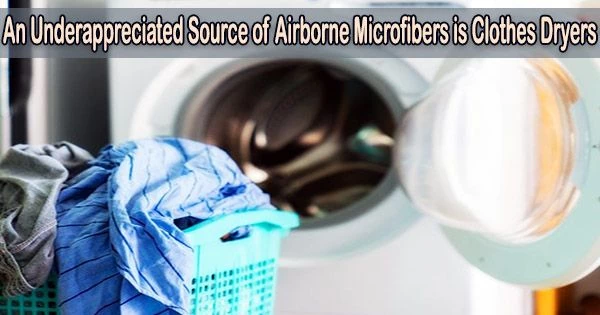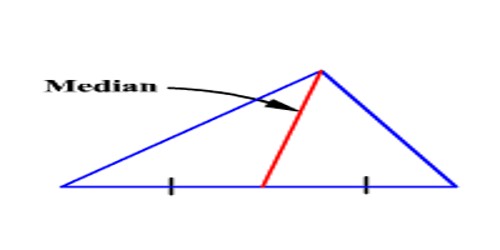Airborne microfibers are tiny fibers that are released into the air and can be easily inhaled or ingested by humans and other organisms. These microfibers are typically composed of synthetic materials such as polyester, nylon, or acrylic, and are commonly found in textiles, including clothing, upholstery, and carpets.
Nobody like it when their beloved clothing begins to unravel or develop holes after numerous washings. But what happens to the fragments of fabric and stitching that come off?
Although microfibers are known to be released into wastewater during the washing of textiles, it is unknown how drying affects the environment.
Now, a pilot study in ACS’ Environmental Science & Technology Letters reports that a single dryer could discharge up to 120 million microfibers annually considerably more than from washing machines.
Clothes dryers are household appliances designed to remove moisture from freshly washed clothes and other textiles. They work by tumbling the clothes in a heated drum while circulating warm air around them, which accelerates the evaporation of water from the fabrics.
Microfibers can be made from both synthetic and natural materials, including cotton and polyester, which are also referred to as microplastics. Microfibers are extremely small, with a diameter of less than 5 micrometers, which is about 1/20th the diameter of a human hair. Due to their small size, they can remain suspended in the air for extended periods and be transported over long distances. These fibers are lightweight and easily dislodged from their source, becoming airborne.
Because microfibers can adsorb and transmit contaminants over great distances, releasing them into the environment is problematic. Additionally, fibers themselves may cause irritation if swallowed or inhaled.
According to earlier research, microfibers are released into laundry water by clothes washers, but this waste is processed to remove part or all of the fibers before it is released into rivers or streams.
However, there is little information available regarding whether dryers, whose air is vented directly to the outside through a duct, are a significant source of airborne microfibers and microplastic contamination in the natural world.
In order to determine the annual amount of microfibers emitted into the atmosphere from household laundry, Kai Zhang, Kenneth Leung, and colleagues counted the microfibers produced by cotton and polyester clothes in dryers.
In a tumble dryer with an outdoor vent pipe, the researchers dried cotton and polyester garments independently from each other. They gathered and counted the airborne particles that emerged from the vent during the machine’s 15-minute operation.
The findings revealed that both types of clothing generated microfibers, which the team theorizes are the consequence of friction caused by the rubbing of clothes against one another while they were tossed around. For the same amount of clothing, the dryer generated between 1.4 and 40 times more microscopic pieces for both textiles than did washing machines in earlier research.
Additionally, they discovered that the release of cotton microfibers is constant regardless of the size of the load while the release of polyester microfibers increases with the number of clothing in the dryer. According to the researchers, this happens because some cotton microfibers combine and become airborne less frequently than polyester microfibers.
Finally, the researchers calculated that the dryer in the typical Canadian household produces and releases between 90 and 120 million microfibers into the outside air each year. To control the release of these airborne microfibers, additional filtration systems should be adapted for dryer vents, the researchers say.
The authors acknowledge funding from the State Key Laboratory of Marine Pollution; the Innovation and Technology Commission of the Hong Kong Special Administrative Region of the People’s Republic of China; a Discovery Grant from the Natural Science and Engineering Research Council of Canada; Western Economic Diversification Canada; the Canada Foundation for Infrastructure; the Canada Research Chair program of the Natural Science and Engineering Council of Canada; and one of the authors was supported by a Distinguished Visiting Professorship at Baylor University.
















